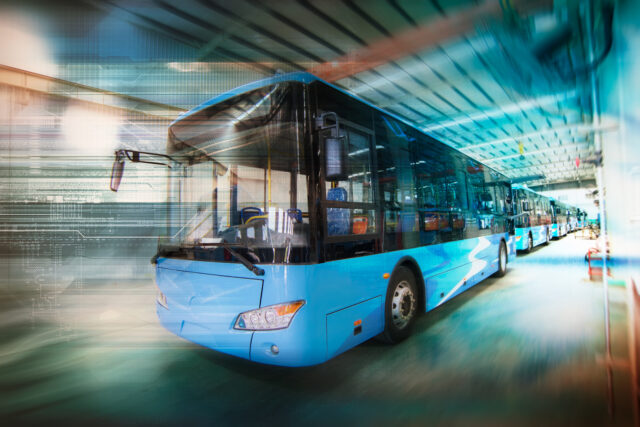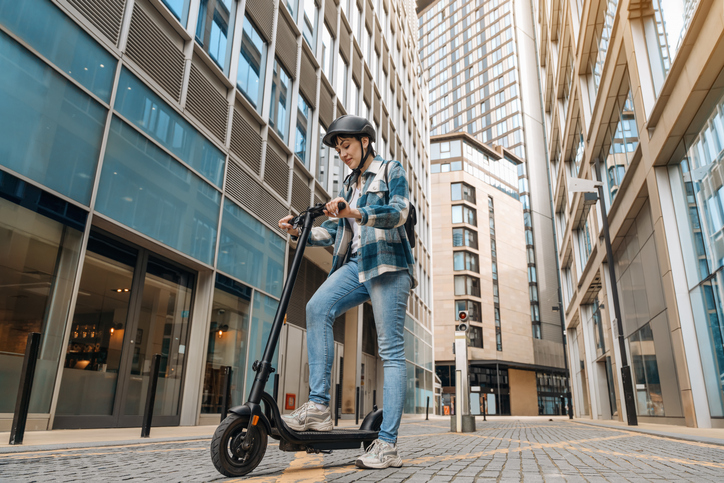Public transport has been a key infrastructure sector since the days of the stage coach and horse drawn barges, but a combination of factors is disrupting and transforming the traditional model for service delivery.
Historically, public transport has been provided by publicly subsidised agencies which have operated almost in siloed isolation from other infrastructure assets, often as monopolies, and did not always link in seamlessly with other transport modes.
Communities had become used to this and often accepted these levels of service and asset performance, even when they were sub-optimal, but that traditional model is being challenged by a combination of technologies, user expectations, and the drive for greater sustainability.
There is now an exciting opportunity for public transport to embrace these drivers of change and ride a wave of innovation to deliver improved levels of service which are more aligned with what consultancy KPMG calls a “connected 21st century ecosystem.”
KPMG articulates these trends in a recent whitepaper on public transport, where they make the positive and optimistic claim that “future of public transport is here.”
Their view is that frictionless technologies in other sectors, such as seamless payments, present as a way forward for enhanced and more connected experiences in public transport.
This is an opportunity for public transport to evolve, even transform, and become an enabler for sustainable economic growth and equitable access.
The best outcomes will come from integrating public transport planning into overall urban planning which seeks to minimise environmental impacts and reduce urban congestion.
In terms of technology, we now have a new range of options to use in our transport ecosystem mix, from autonomous vehicles to air taxis and ultimately hyperloop trains.
Mobility as a service is linking smartphones with traditional transport modes and ‘last mile’ solutions such as hire bikes and electric scooters.
KPMG’s vision was also based on research, with responses from over 480 public transport organisations around the world.
This revealed a big focus on investing in new technology, achieving sustainability targets and improving customer service.
Less positive, perhaps, were concerns about the pace of regulatory reform to support new modes of transport and business models, and also concern on revenues with respondents looking to expand tolling and road use fees.
Using this research, KPMG looked forward to 2040 and made ten forecasts on the future of public transport services and some of these go beyond our traditional idea of the sector, underlining again how public transport should fit into new and emerging ideas for smarter cities.
One of these forecasts is around the “activation of spaces and accessibility for citizens.” The goal here is to “increase participation and economic activity” and facilitate better connection to services and employment.
With the customer top of mind, another forecast is for on-demand and more localised services which transition away from the traditional hub and spoke model which deliver passengers point to point.
Also improving customer centricity will be mobility-as-a-service (MaaS) solutions, where data and connectivity will enable easier to understand journeys across multiple and better co-ordinated transport modes.
Other forecasts are technology driven, such as algorithms which suggest customer choices, electrified networks to help meet net-zero targets, and autonomous services powered by 5G and the Internet of Things.
To encourage usage, KPMG also forecasts that some targeted services will have to be offered free of charge, giving consumers an incentive to chose public transport over private vehicles as society pursues environmental goals and seeks to de-congest city centres.
All of this will pose regulatory challenges, and regulators may have to adapt with frameworks which facilitate greater market entry for the new and emerging transport modes.
Competition regulation, for example, should foster and not hinder new partnerships for more seamless service delivery.
Beyond these challenges, the overarching idea for the future is the ecosystem approach, which has the potential to take public transport delivery deep into the 21st century.
Factoring transport into the wider planning of infrastructure is a longer term strategic view and enables the joining of the dots between transport and all aspects of urban design, rather than taking a siloed or piecemeal approach as has often been done in the past.
Combining this approach with the new suite of technologies can be transformational, and offers an exciting vision for our future cities if we take the opportunity.















